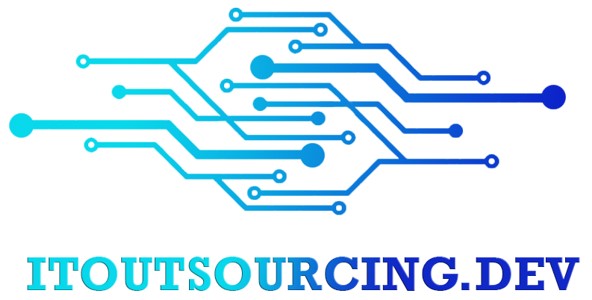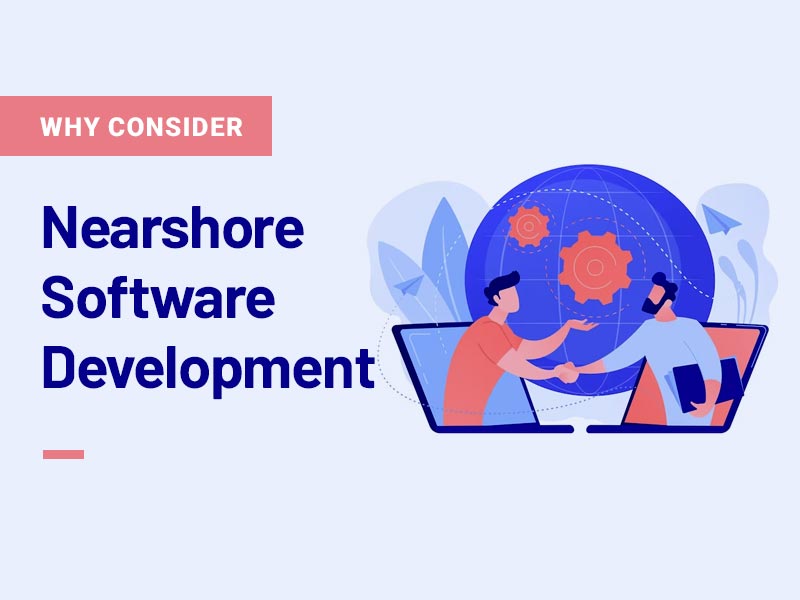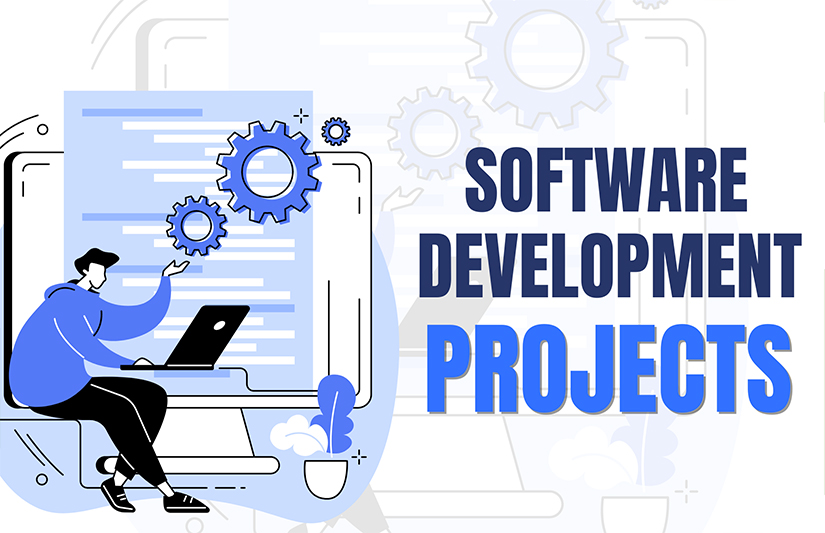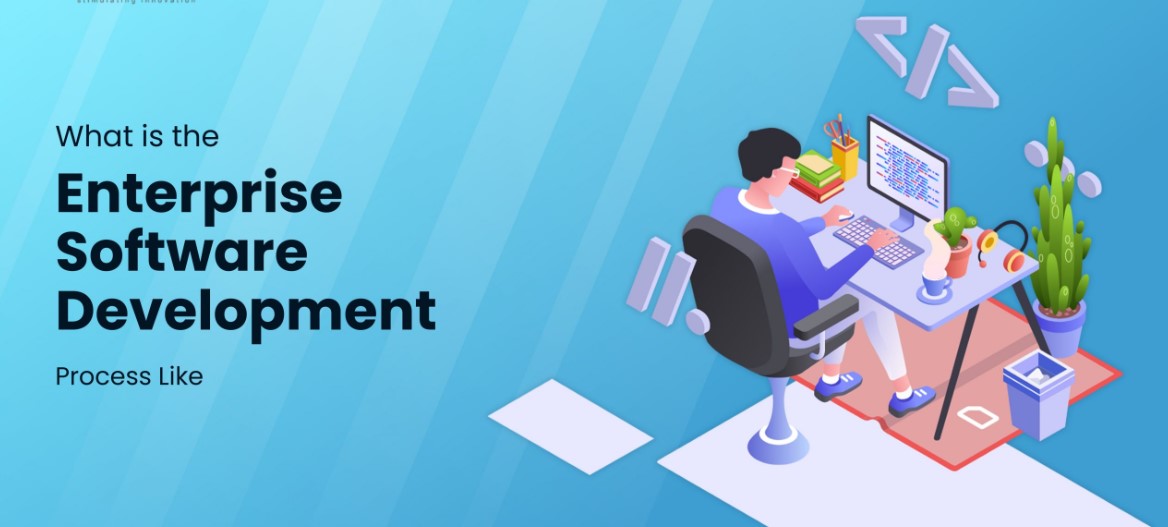In today’s digital age, businesses and developers are constantly seeking efficient solutions to create software applications that can run seamlessly across multiple platforms. This article will explore the concept of cross-platform software, its definition, and the benefits it offers. At itoutsourcing.dev, a leading provider of IT outsourcing services, we specialize in developing cross-platform software solutions that cater to our client’s diverse needs.
What is Cross-Platform Software?
Cross-platform software refers to applications that are designed and developed to run on multiple operating systems and platforms, such as Windows, macOS, iOS, and Android. It allows businesses to reach a wider audience and provide a consistent user experience across different devices. By leveraging various frameworks and technologies, developers can write code once and deploy it on multiple platforms, saving time and resources.

The Benefits of Cross-Platform Software
Cost-Efficiency: The development of individual applications for each platform is not only time-consuming but also comes with substantial costs. Adopting cross-platform software development eliminates the necessity for dedicated teams and resources for each platform, resulting in significant savings.
Time Optimization: It allows developers to write code once and deploy it seamlessly across multiple platforms. This not only streamlines the development process but also reduces time to market, enabling businesses to release their applications more swiftly and maintain a competitive edge.
Extended Reach: By targeting multiple platforms, businesses can broaden their audience reach. Cross-platform software facilitates seamless integration with various devices, ensuring a uniform user experience and maximizing user engagement.
Simplified Maintenance and Updates: Managing and updating multiple applications can be a daunting task. Cross-platform software simplifies the maintenance process, as developers can implement changes and updates to the codebase once and apply them across all platforms simultaneously.
Syncing of Files with Cloud Storage
It often integrates seamlessly with cloud storage services, enabling users to sync and access their files across different devices and platforms. Whether it’s documents, photos, or other types of data, users can save their files to the cloud and retrieve them from any device or operating system with an internet connection. This synchronization capability enhances productivity, collaboration, and data availability, as users can work on their files from anywhere, regardless of the device or platform they are using.
Readmore: Outsourcing IT Help Desk: Everything You Need to Know
Larger Organizations Like Cross-Platform Hardware
For larger organizations with diverse IT environments, it is highly desirable. These organizations often operate on a combination of different operating systems and devices, such as Windows PCs, Mac computers, and mobile devices running iOS or Android. It allows for seamless integration and compatibility across these heterogeneous systems, enabling employees to work efficiently and share information seamlessly.
Cross-Platform Software Background
The development of cross-platform software has been driven by the increasing diversity of computing devices and operating systems in the market. As users expect to access applications on their preferred devices, developers have recognized the need to create software that can run across platforms without sacrificing functionality or user experience. This has led to the emergence of various cross-platform development frameworks, such as React Native, Flutter, and Xamarin, which provide tools and libraries for building applications that can be deployed on multiple platforms.
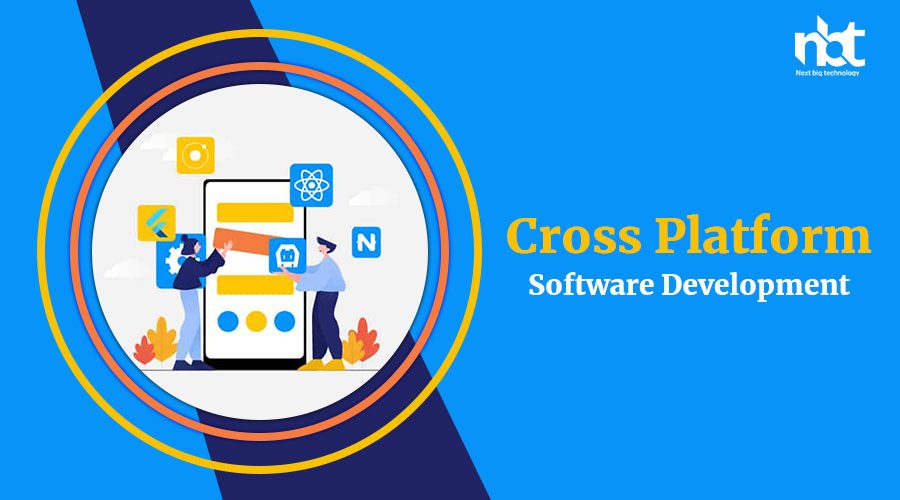
To My Way of Thinking
From my perspective, cross-platform software represents a significant advancement in the software development landscape. It offers numerous benefits, including wider audience reach, cost savings, and improved productivity. By embracing cross-platform development approaches, businesses can cater to the diverse needs of their users, enhance user experiences, and stay competitive in today’s technology-driven world. Whether it’s for individual users, small businesses, or large organizations, it has become an essential component of modern software development strategies.
FAQs
Q: What is the difference between cross-platform software and platform-specific software?
A: Cross-platform software is designed to run on multiple operating systems or platforms, allowing users to access the software regardless of the device or operating system they are using. Platform-specific software, on the other hand, is developed specifically for a single operating system or platform and may not be compatible with other platforms.
Q: What are some popular cross-platform development frameworks?
A: There are several popular cross-platform development frameworks available, including React Native, Flutter, Xamarin, and Electron. These frameworks provide tools, libraries, and APIs that enable developers to write code once and deploy it across multiple platforms.
Q: Are there any limitations or drawbacks to using cross-platform software?
A: While cross-platform software offers many benefits, it may have some limitations. Performance can be a concern, as cross-platform applications may not be as optimized for specific platforms compared to platform-specific software. Additionally, accessing certain platform-specific features or functionalities may require additional effort or workarounds in cross-platform development.
Q: Can cross-platform software be customized for different platforms?
A: Yes, cross-platform software can be customized to some extent for different platforms. Developers can use platform-specific APIs or plugins to access native features and functionalities of each platform. However, full customization to match the user interface and experience of each platform may require additional development effort.
Q: Is cross-platform software suitable for all types of applications?
A: Cross-platform software is suitable for many types of applications, including mobile apps, desktop applications, and web applications. However, certain types of applications, such as those requiring extensive access to platform-specific features or high-performance requirements, may be better suited for platform-specific development.
Q: Can existing platform-specific software be converted into cross-platform software?
A: It is possible to convert existing platform-specific software into cross-platform software, but it may require significant redevelopment or rewriting of the codebase. Developers would need to choose a cross-platform development framework and adapt the existing code to be compatible with the selected framework.
Readmore: What are IT Strategy and Consulting?
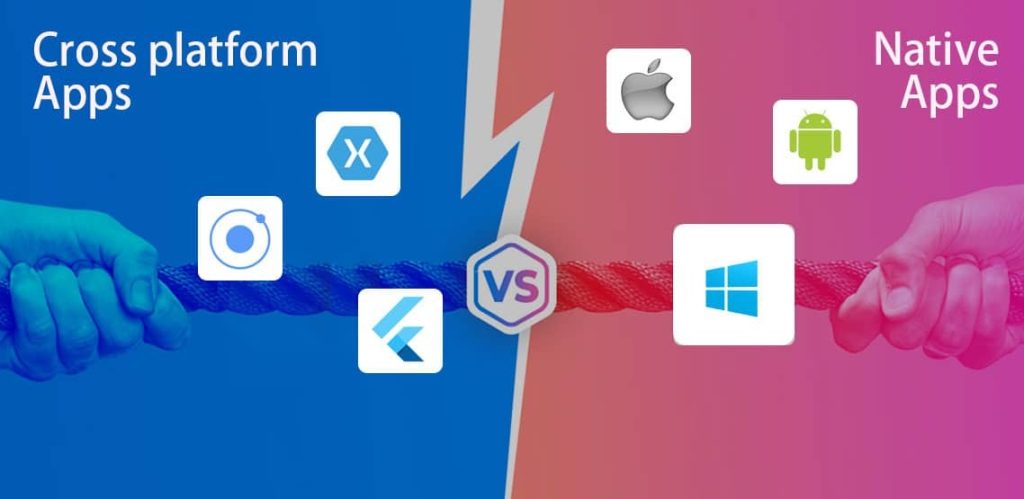
Q: How does cross-platform software impact maintenance and updates?
A: Cross-platform software can simplify maintenance and updates as developers can make changes to a single codebase that will be reflected across multiple platforms. This can reduce the time and effort required for bug fixes, feature updates, and security patches.
Conclusion
Cross-platform software development offers numerous advantages for businesses looking to expand their reach and provide a seamless user experience across multiple platforms. At itoutsourcing.dev, we specialize in developing software solutions tailored to our clients’ specific requirements. Our team of skilled developers leverages the latest frameworks and technologies to create efficient and cost-effective cross-platform applications. Contact itoutsourcing.dev today to unlock the full potential of software and elevate your business in the digital landscape. Trust itoutsourcing.dev to be your strategic partner in developing cutting-edge software solutions.
